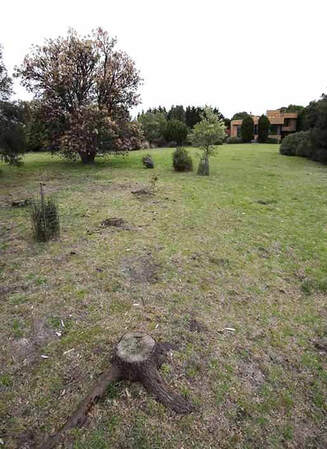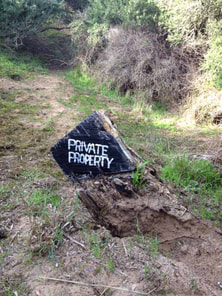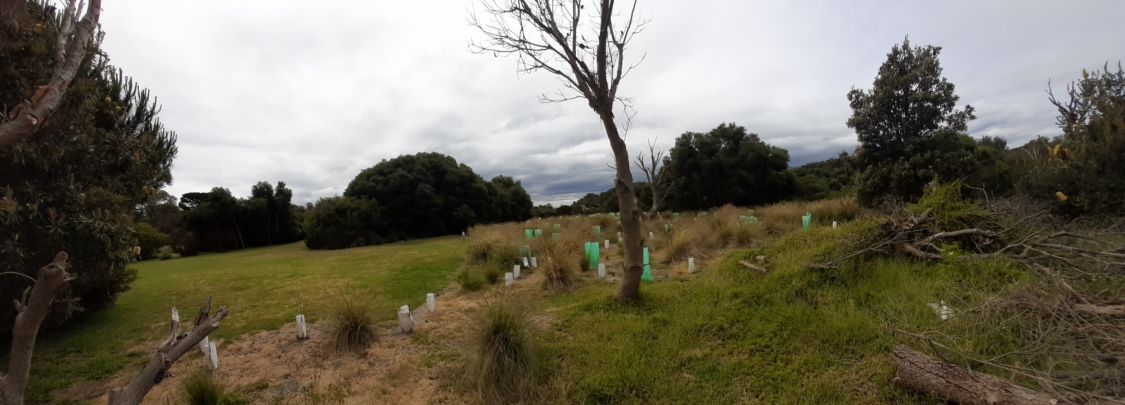
By Catherine Watson
BASS Coast residents who have illegally extended their property into Crown land are about to lose their ill-gotten gains.
SOME 10,000 indigenous plants will be planted on the Cowes West and Ventnor foreshores this year in response to residents’ encroachment on Crown Land.
Four sites at Cowes West and one at Ventnor are currently being prepared for planting, which includes spraying of environmental weeds such as kikuyu. Planting will be carried out during winter and spring, when conditions are best suited to establishing plants.
This revegetation is part of the council’s Encroachment Program, which focuses on rehabilitating public land sites.
BASS Coast residents who have illegally extended their property into Crown land are about to lose their ill-gotten gains.
SOME 10,000 indigenous plants will be planted on the Cowes West and Ventnor foreshores this year in response to residents’ encroachment on Crown Land.
Four sites at Cowes West and one at Ventnor are currently being prepared for planting, which includes spraying of environmental weeds such as kikuyu. Planting will be carried out during winter and spring, when conditions are best suited to establishing plants.
This revegetation is part of the council’s Encroachment Program, which focuses on rehabilitating public land sites.
The council is responsible for just over 40 kilometres of Crown Land foreshore reserve at Ventnor, Red Rocks, Cowes, Silverleaves, Rhyll, Newhaven, Cape Woolamai (Safety Beach), Grantville, Tenby Point, Coronet Bay, Kilcunda, Cape Paterson and Inverloch, and over 160 hectares of inland bushland reserves
Bass Coast Deputy Mayor Michael Whelan said the council was committed to restoring coastal vegetation to provide habitat for native animals and increase the resilience of landscapes in a drying climate.
Bass Coast Deputy Mayor Michael Whelan said the council was committed to restoring coastal vegetation to provide habitat for native animals and increase the resilience of landscapes in a drying climate.

“Unfortunately, due to various reasons including illegal clearing activities, the quality and extent of our coastal vegetation has been significantly reduced, with only about 10 per cent remaining,” Cr Whelan said.
“Coastline areas are often more prone to the effects of climate change and vegetation is vital in protecting these areas from storm fronts.”
In many cases, the original coastal vegetation was cleared many decades ago and has since been maintained as grassed areas and used, sometimes unknowingly, by adjacent properties as an extension of their yards.
It’s usually obvious when vegetation has been removed to provide sea views. So far no one has been prosecuted though large billboards have been erected in the past to block views created by the removal of trees on public land.
However, the council has largely adopted a softly, softly approach, asking landowners to remove private property from public land and inviting them to assist in revegetation works.
“Coastline areas are often more prone to the effects of climate change and vegetation is vital in protecting these areas from storm fronts.”
In many cases, the original coastal vegetation was cleared many decades ago and has since been maintained as grassed areas and used, sometimes unknowingly, by adjacent properties as an extension of their yards.
It’s usually obvious when vegetation has been removed to provide sea views. So far no one has been prosecuted though large billboards have been erected in the past to block views created by the removal of trees on public land.
However, the council has largely adopted a softly, softly approach, asking landowners to remove private property from public land and inviting them to assist in revegetation works.
In 2018, in response to community feedback, the council adopted the Foreshore and Bushland Reserves Encroachment Policy to manage ongoing encroachment issues. Under the new policy the council invites the community to report cases of encroachment and keeps a register of all known encroachment sites on its foreshore and bushland reserves.
Council will continue to work closely with landholders to resolve encroachment issues and rehabilitate degraded sites. Contact the Council’s foreshore encroachment officer on 1300 226 278 or 5671 2211 or email [email protected].
Council will continue to work closely with landholders to resolve encroachment issues and rehabilitate degraded sites. Contact the Council’s foreshore encroachment officer on 1300 226 278 or 5671 2211 or email [email protected].
